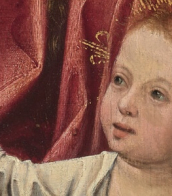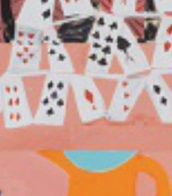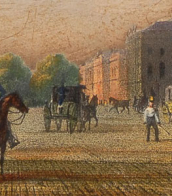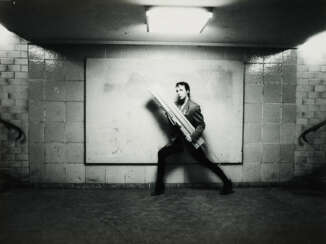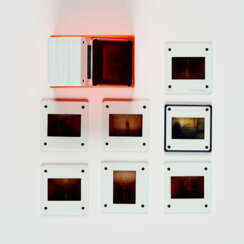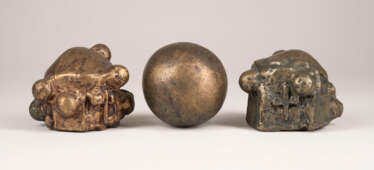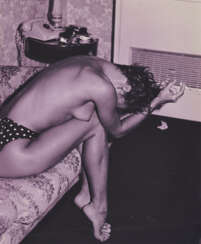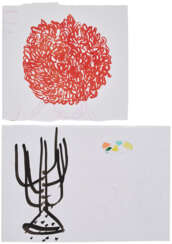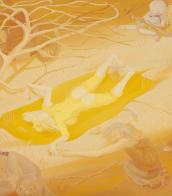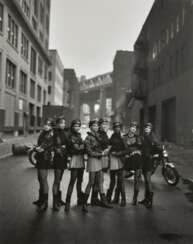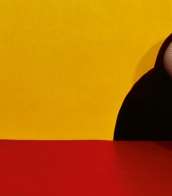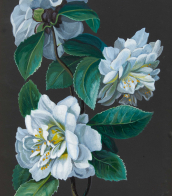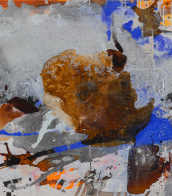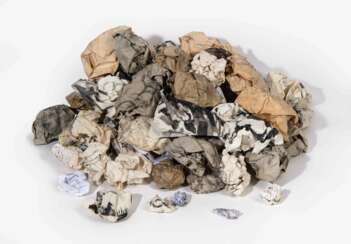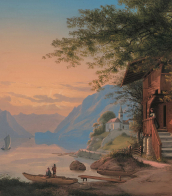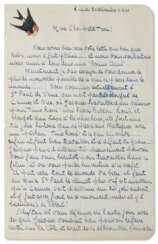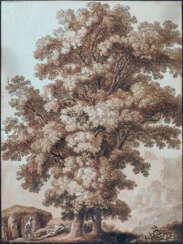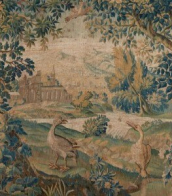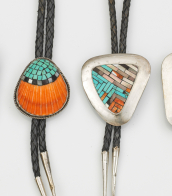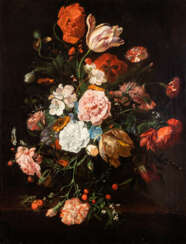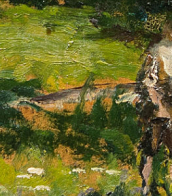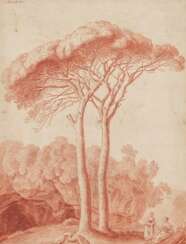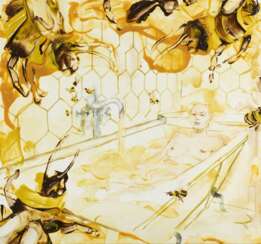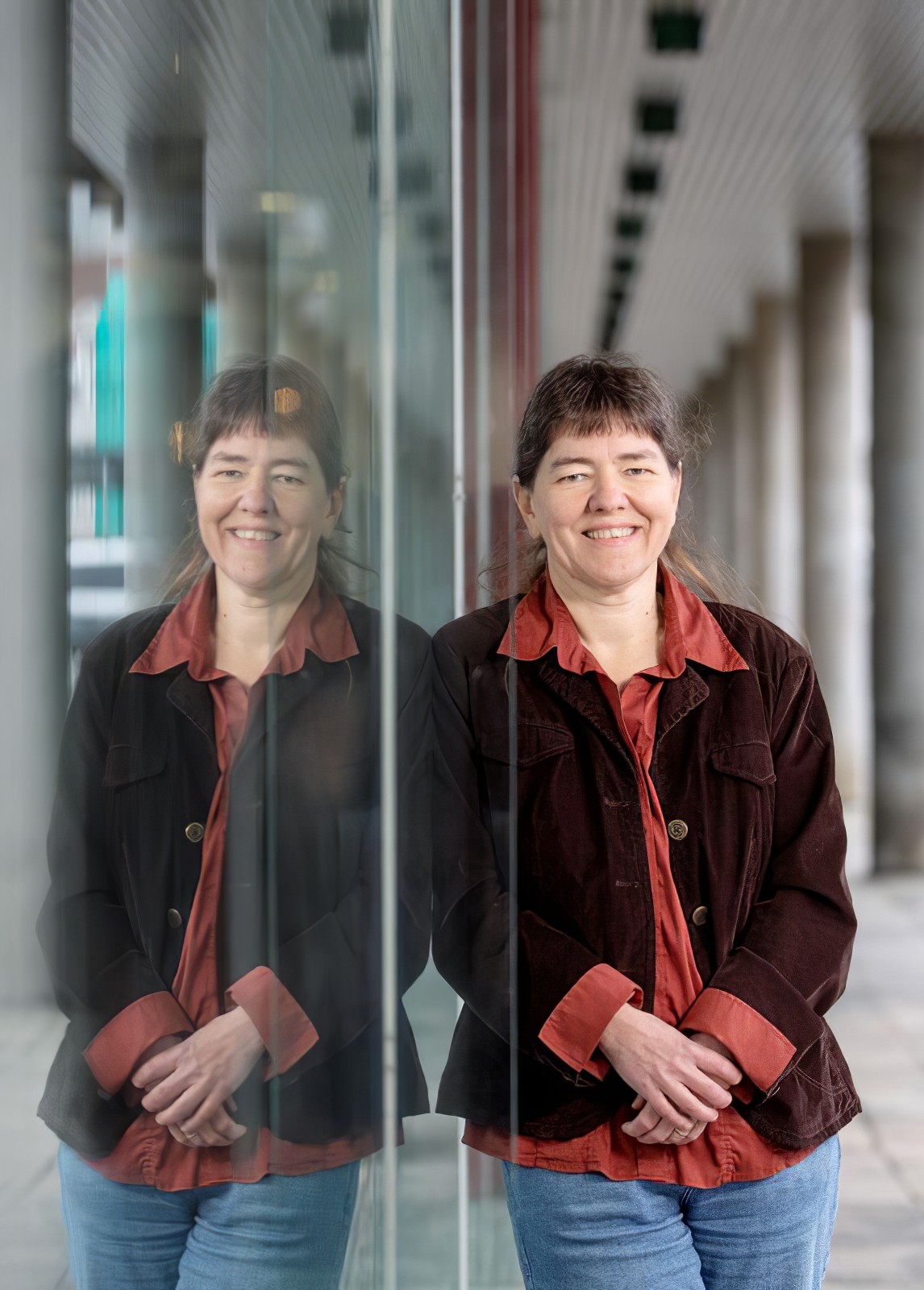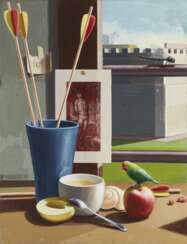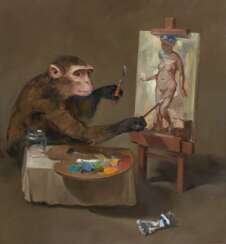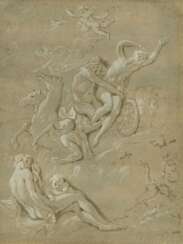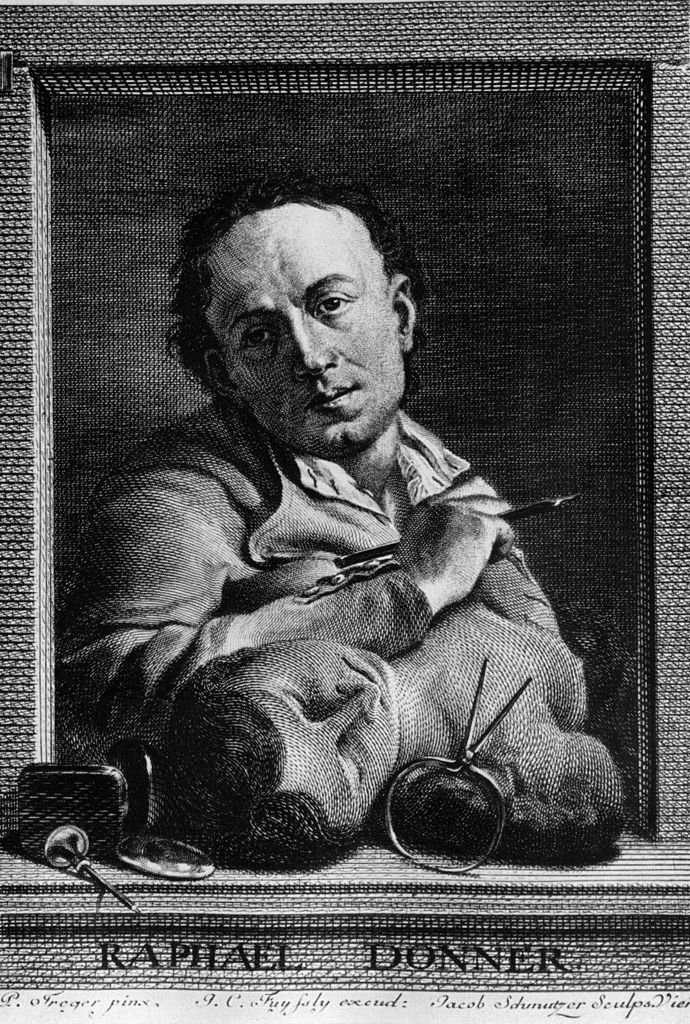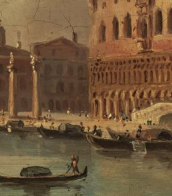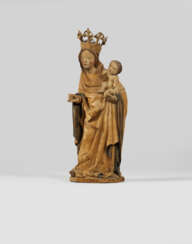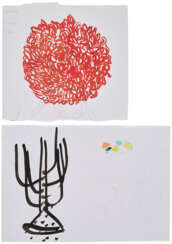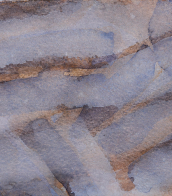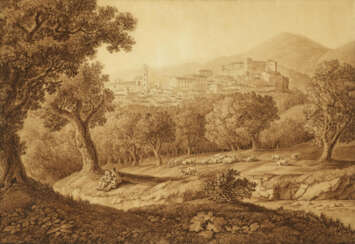claudia berg
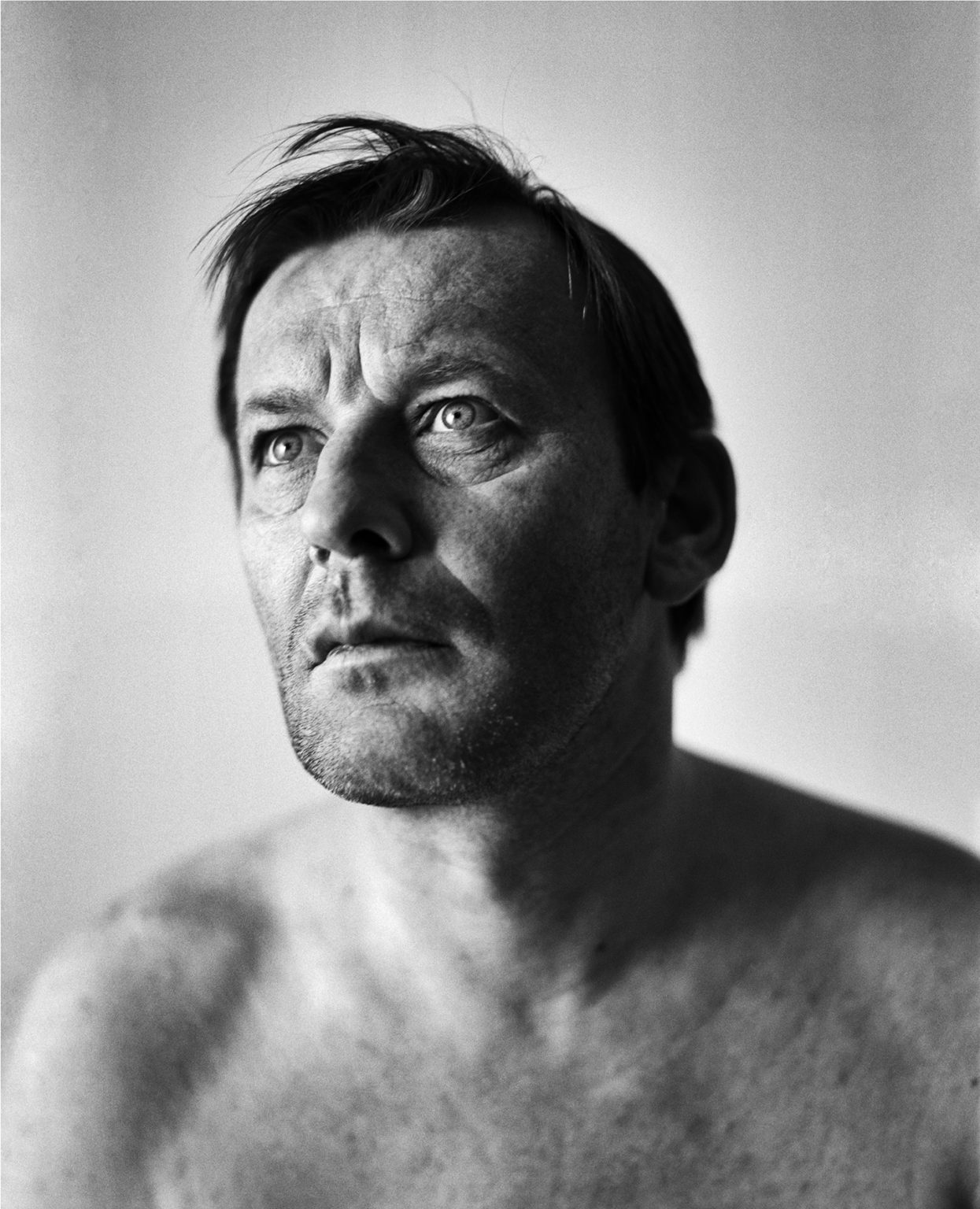
Martin Kippenberger was a German artist known for his extremely prolific output in a wide range of styles and media, superfiction as well as his provocative, jocular and hard-drinking public persona.
Kippenberger was "widely regarded as one of the most talented German artists of his generation," according to Roberta Smith of the New York Times. He was at the center of a generation of German enfants terribles including Albert Oehlen, Markus Oehlen, Werner Büttner, Georg Herold, Dieter Göls, and Günther Förg.
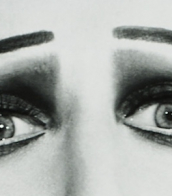

Martin Kippenberger was a German artist known for his extremely prolific output in a wide range of styles and media, superfiction as well as his provocative, jocular and hard-drinking public persona.
Kippenberger was "widely regarded as one of the most talented German artists of his generation," according to Roberta Smith of the New York Times. He was at the center of a generation of German enfants terribles including Albert Oehlen, Markus Oehlen, Werner Büttner, Georg Herold, Dieter Göls, and Günther Förg.

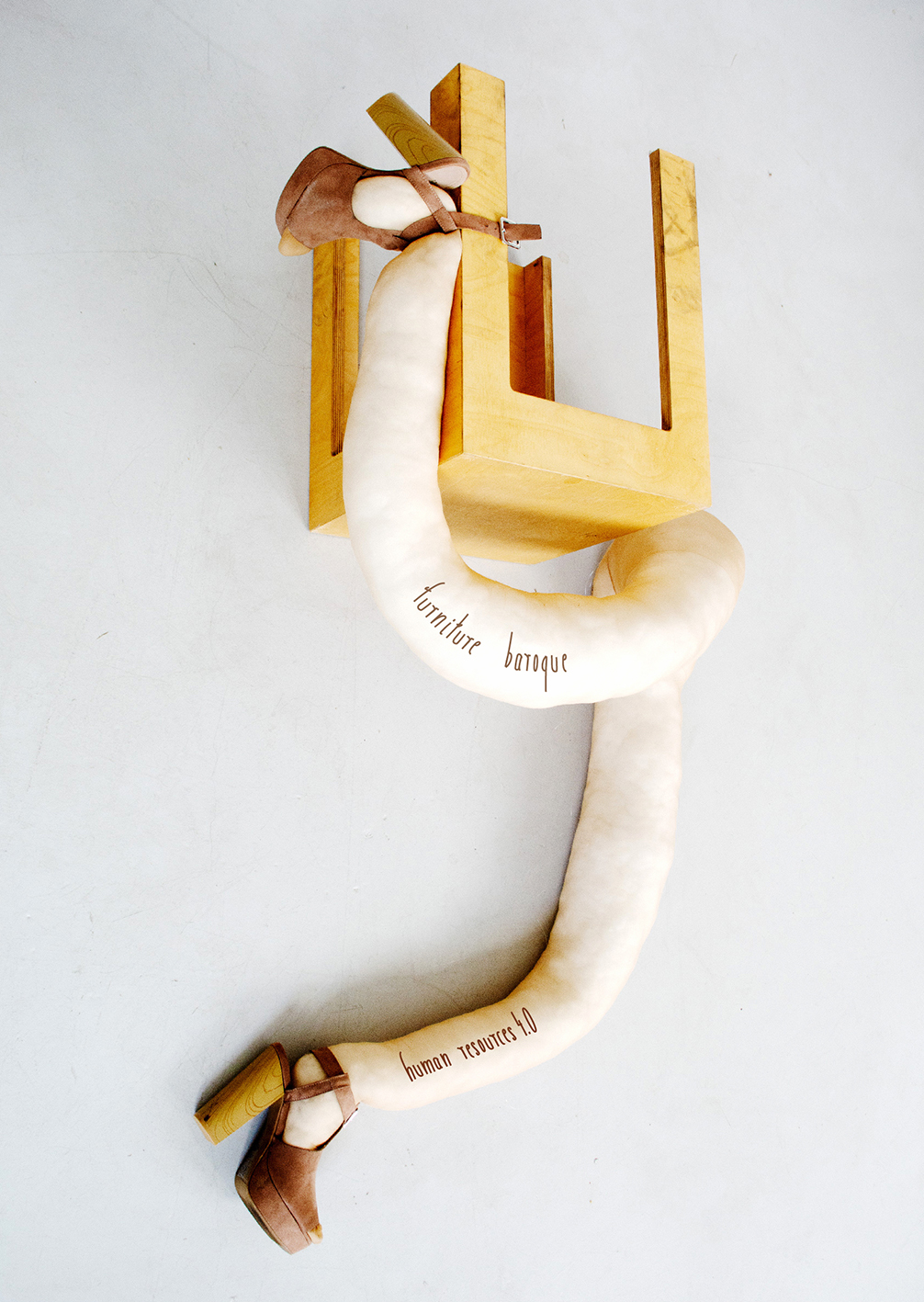
Tyyne Claudia Pollmann is a German conceptual artist and professor of anatomy and morphology in the Department of Art Fundamentals at the Berlin Weissensee School of Art.
She has been working as a freelance artist since 1990 and usually performs multi-year interdisciplinary art and science projects, in particular interactive installations.
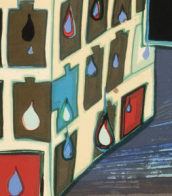

Tyyne Claudia Pollmann is a German conceptual artist and professor of anatomy and morphology in the Department of Art Fundamentals at the Berlin Weissensee School of Art.
She has been working as a freelance artist since 1990 and usually performs multi-year interdisciplinary art and science projects, in particular interactive installations.

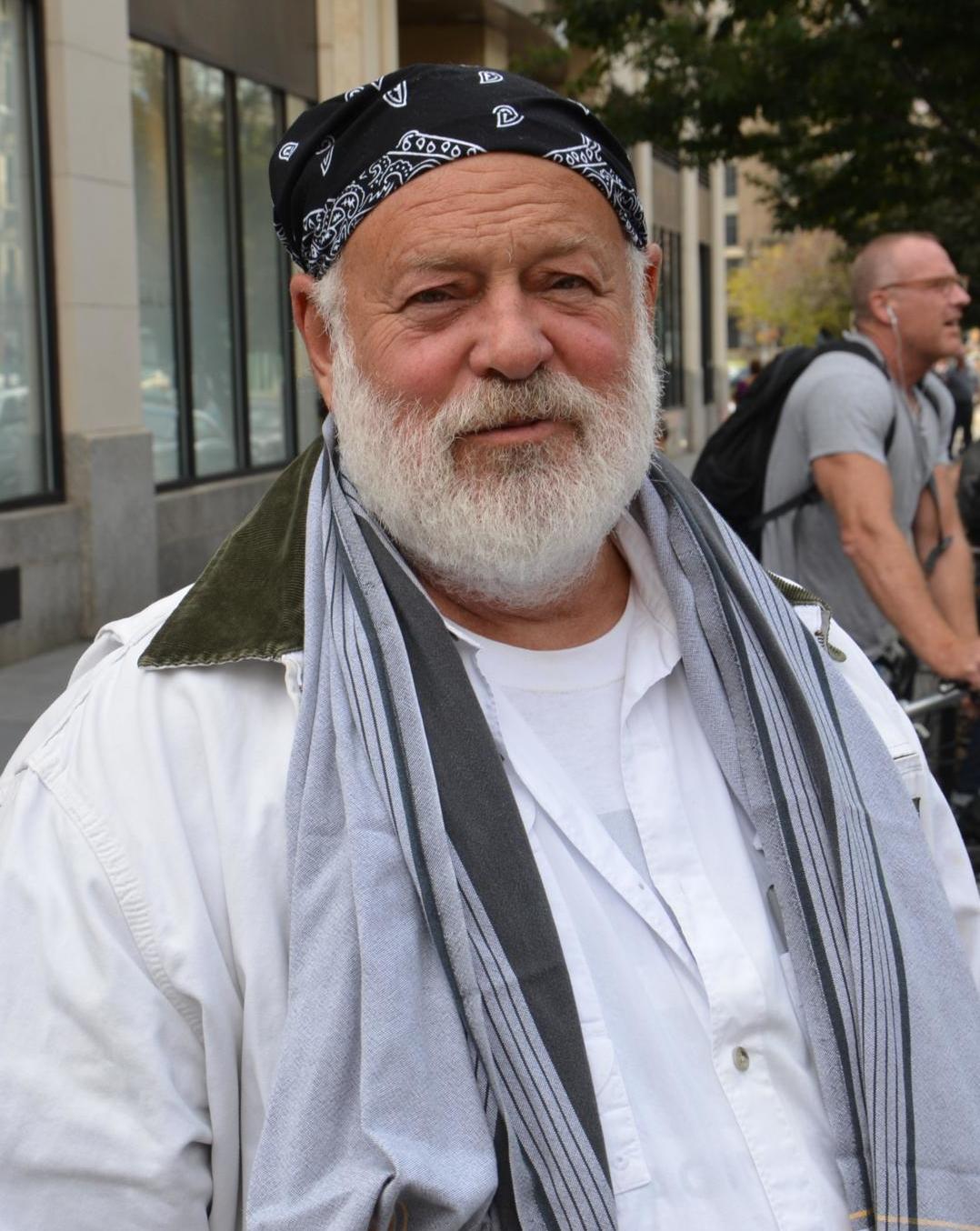
Bruce Weber is an American fashion photographer and occasional filmmaker. He has made ad campaigns for Calvin Klein, Ralph Lauren, Pirelli, Abercrombie & Fitch, Revlon, and Gianni Versace, and made work for Vogue, GQ, Vanity Fair, Elle, Life, Interview, and Rolling Stone magazines.
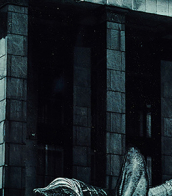
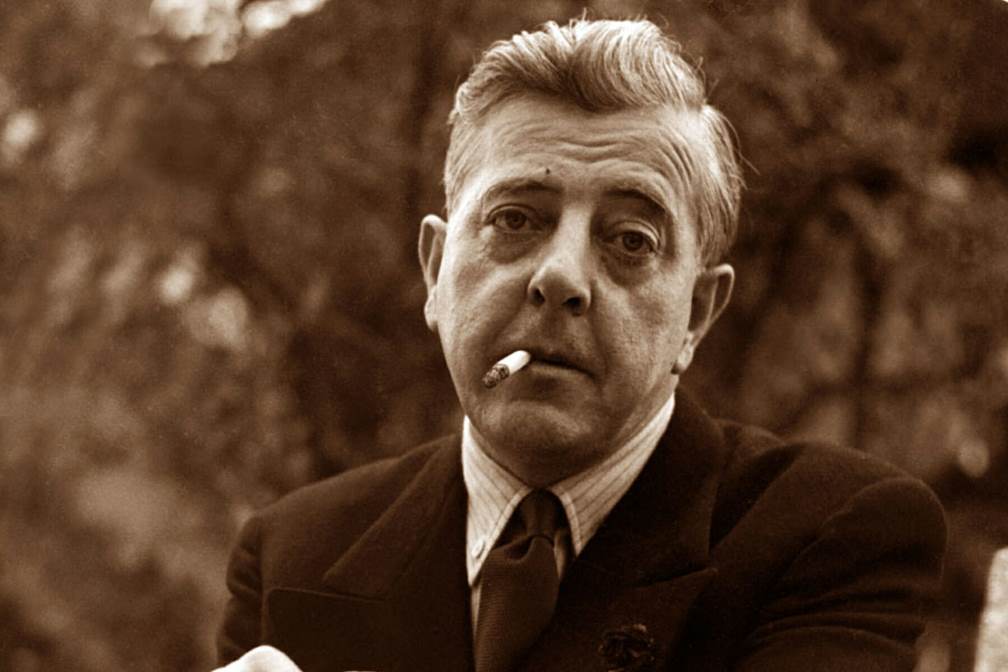

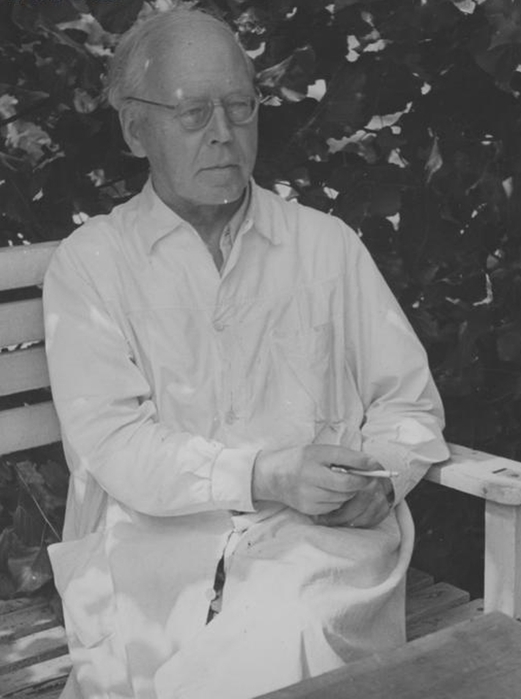
Georg Kolbe was a German sculptor of the first half of the twentieth century. He is known as a master of Classicism and Symbolism. Throughout most of his professional career he was an artist in demand by various German authorities.
Georg Kolbe, despite the strong influence of the Expressionists, managed to develop his own unique style. He left a notable mark not only in sculpture, his artistic legacy includes a large number of drawings and hundreds of engravings.
His biography is closely connected with Berlin, where he lived for more than 40 years. Kolbe is named for the prize awarded by the Artists' Union of Berlin. The artist's former studio now houses a museum with permanent solo exhibitions of works by renowned sculptors of modern art.

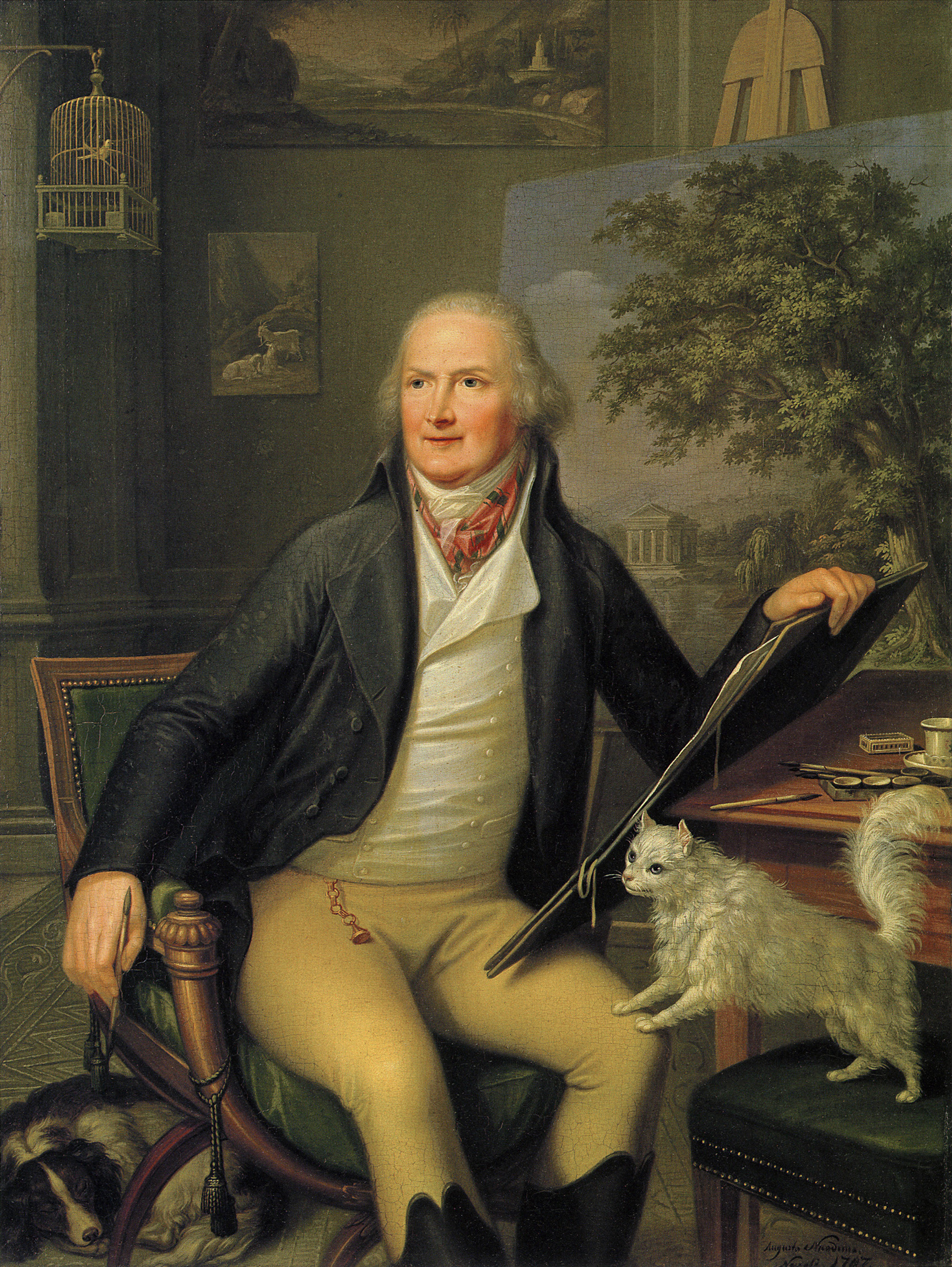
Jakob Philipp Hackert was a German painter of the second half of the 18th and early 19th centuries. He is known as a landscape painter and printmaker, a representative of neoclassicism and romanticism.
Hackert reached the peak of creative activity in 1770-1780. He was recognized by the European aristocracy, and for a time served as court painter to King Ferdinand IV of Naples, as well as receiving commissions from representatives of the Russian imperial family, such as Empress Catherine II and the heir to the throne, Paul Petrovich. His work, according to critics, was characterized by high craftsmanship and aristocratic elegance.
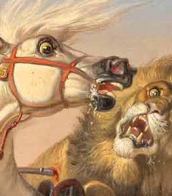
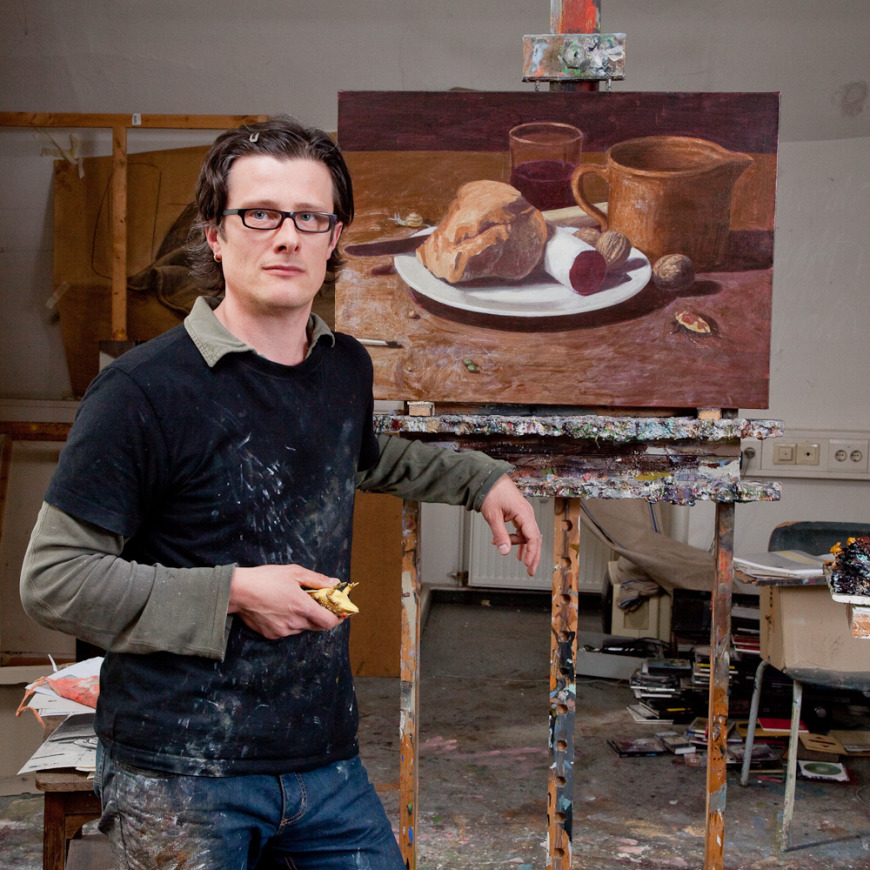
Jan Dörre is a German painter known for his still lifes in the modern vanitas style.
He studied painting at the Academy of Visual Arts in Leipzig, lives and works in Leipzig.
Jan Dörre paints still lifes, which are directly associated with the paintings of the old masters of the 17th century. The artist in his works repeats in different variations the familiar set of motifs found in baroque still lifes of vanitas: bread, cutlery, fruit, insects, birds, snakes, lizards, books, letters, skull, etc. But next to them in a modern setting he places objects of our time, for example, pills and empty packages from them. All this together conveys the general idea of the genre: a reminder of the transience of life, the futility of pleasure and the inevitability of death.
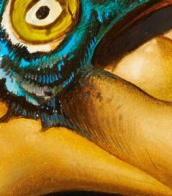

Jakob Philipp Hackert was a German painter of the second half of the 18th and early 19th centuries. He is known as a landscape painter and printmaker, a representative of neoclassicism and romanticism.
Hackert reached the peak of creative activity in 1770-1780. He was recognized by the European aristocracy, and for a time served as court painter to King Ferdinand IV of Naples, as well as receiving commissions from representatives of the Russian imperial family, such as Empress Catherine II and the heir to the throne, Paul Petrovich. His work, according to critics, was characterized by high craftsmanship and aristocratic elegance.
